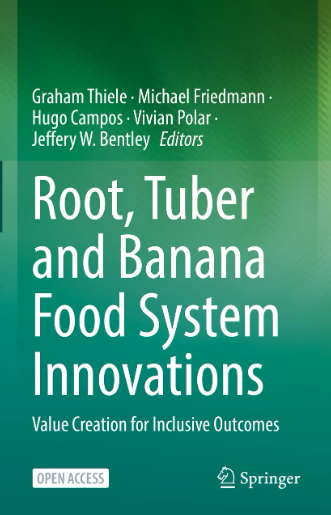Securing Sweetpotato Planting Material for Farmers in Dryland Africa: Gender-Responsive Communication Approaches to Scale Triple S
Abstract
Triple S (Storage in Sand and Sprouting) is a root-based system for conserving and multiplying sweetpotato planting material at the household level. In sub-Saharan Africa, farmers predominantly source planting material by cutting vines from volunteer plants that sprout from roots left in the field from a previous crop. However, it takes 6 to 8 weeks after the rains start to produce enough vines for planting material, and normally these vines are infected by sweetpotato diseases and pests carried over from previous crops. Where rainfall is unpredictable, farmers can use Triple S to take advantage of the whole growing season, planting and harvesting early to obtain food, higher yields, and income. Triple S facilitates household retention and adoption of new sweetpotato varieties, notably the beta-carotene-rich, orange-fleshed varieties. Triple S PLUS is the combined innovation package of core Triple S components and complementary components used to scale the innovation. These included good agricultural practices, different storage containers, local multiplication and sales of planting material, and a multimedia communication strategy for training and extension to encourage the uptake of Triple S. Components were at different levels of scaling readiness. This chapter explores evidence from Ethiopia and Ghana (2018–2019) on the extent to which exposure to different communication channels and their combinations influenced the uptake of Triple S PLUS by male and female farmers, the partnering arrangements that supported this, and the resulting changes in food security. We discuss implications for future scaling initiatives.

